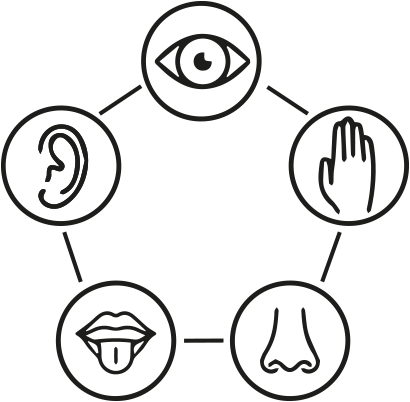Talking Smell
| Talking Smell
14 November, 2018 Led by:
|
| Intended learning outcomes (more on programme level)
Part of Marres’ Workshops ‘Training the Senses’. https://marres.org/en/program/training-the-senses-en/ |
Learning objectives (course specific)
|
| Objective statement (course description)
Smells form part of our knowing, but they are elusive, often disappearing before they can be pinned down with speech. Scents can bring us strong memories of places and events, yet we find it hard to identify even quite strong smells, including bleach, rosemary and lavender. Research shows that people growing up in some non-western cultures have a more developed vocabulary for scents. And that Europeans find it easier to identify scents, the more they talk about these scents. What is it that makes scents so significant yet difficult to grasp? In this session, we will be identifying and expressing smells with director of the Institute for Art and Olfaction Saskia Wilson-Brown, reading about scent with poet Emma Crebolder and analyzing the relationship between smells and words with neuro-scientist Laura Speed. |
| Type of course :
extracurricular course |
| Target group :
general audience |
| Teaching method:
workshop |
| Activities
Training:
|
| Assessment of learning : N/A |
| Effect (witness account, evaluation of the course) |
Additional biblio sources (available at Marres)
|
